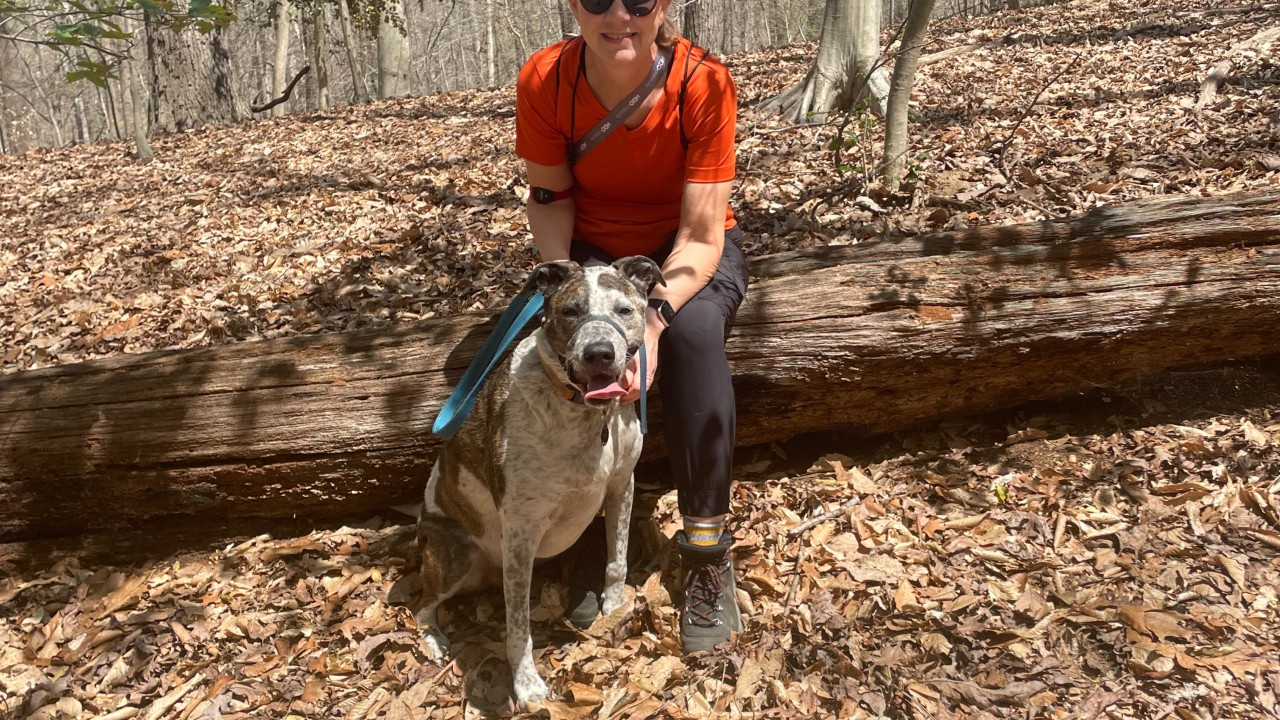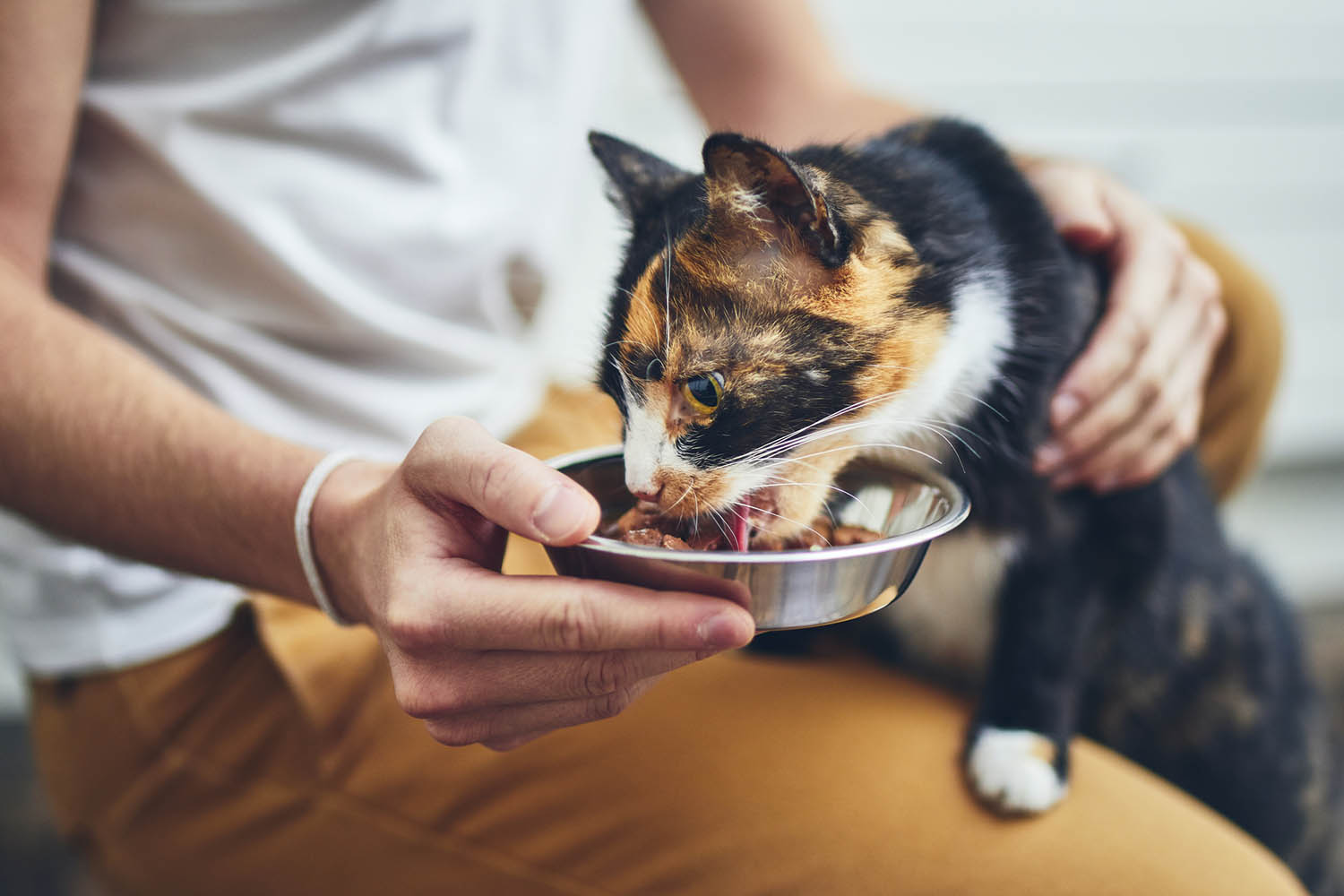Understanding how to read a pet food label is the key to selecting the right pet food for your cat or dog. Ensuring the food you select is developed for the right species and stage of life is the first step in reading the label on your pet’s food. In addition, feeding cats and dogs pet food that is labeled “Complete and Balanced” will ensure your pet is getting the 40+ nutrients in their diets, in the proper amounts, that they need to thrive.
The following key pieces of info will be found on the label of a pet food product:
- Product name
- Intended species
- Weight or volume of the food
- Guaranteed analysis
- Ingredient list
- Nutritional adequacy statement
- Feeding instructions
- Contact information for the manufacturer or distributor
Pet Food Label Terminology
Complete and Balanced
Dogs and cats require more than 40 essential nutrients in their diets. A pet food labeled as Complete and Balanced will contain nutrients at levels established by the Association of American Feed Control Officials (AAFCO). These are different for cats and dogs. Similar terms, such as 100% Nutritious, may be used, as well.
Life Stages
Pet food may be developed for different life stages. For example, growing puppies and kittens require more energy than adult pets. Shoppers will see diets formulated for Growth and Reproduction (puppies, kittens and pregnant pets), Adult Maintenance (only adult pets) or All Life Stages.
The size of a puppy’s breed can also be an important factor on a pet food label. Large breed puppies (based on an anticipated adult weight of at least 70 pounds) can be more susceptible to an excess of calcium in their diet. To help rapidly-growing large breed puppies stay healthy and prevent joint issues, among other challenges, their diet must be lower in certain nutrients such as calcium, phosphorus and vitamin D.
A Growth and Reproduction or All Life Stages diet is formulated to consider the growth of large dogs. These terms will be listed on the Nutritional Adequacy Statement of a dog food package.
Nutritional Adequacy Statement
The Nutritional Adequacy Statement, typically found on the back or bottom of a pet food package, reaffirms that the pet food is formulated to provide nutrition for a specific life stage and how that nutrition is assessed. It will also state if the food does not provide complete nutrition and if it is not meant to be served as a meal—such if it is a topper. The Nutritional Adequacy Statement is reviewed by state regulators when they approve products for sale in that state.
Ingredient List
The pet food label lists ingredients in descending order by weight, as is required by the U.S. Food and Drug Administration (FDA). Vitamins and minerals are required to include their chemical name, however you may also see the more recognized or common name; for example, Pyridoxine hydrochloride (vitamin B6) and Thiamine mononitrate (vitamin B1).
Pet food ingredients are regulated or defined at either the federal or state level. Click here to learn more about the role of individual states and FDA in approving ingredients for use in pet food.
Guaranteed Analysis
Dog and cat food will provide a Guaranteed Analysis (GA) on the product label. The GA provides product information to pet owners, helping them find the levels of at least four nutrients: protein, fat, fiber and moisture. Because pet food will have different levels of moisture based on whether it’s wet or dry, the percentages for nutrients may look extremely varied when comparing the GA of two types of products. We help explain how to calculate the difference to ensure an equal comparison.
The GA must list additional nutrients if the product label makes nutrition-related claims, such as Omega-3 fatty acids for healthy skin and a shiny coat.
Looking for more information?
Get helpful resources on pet food labels from the Association of American Feed Control Officials.



